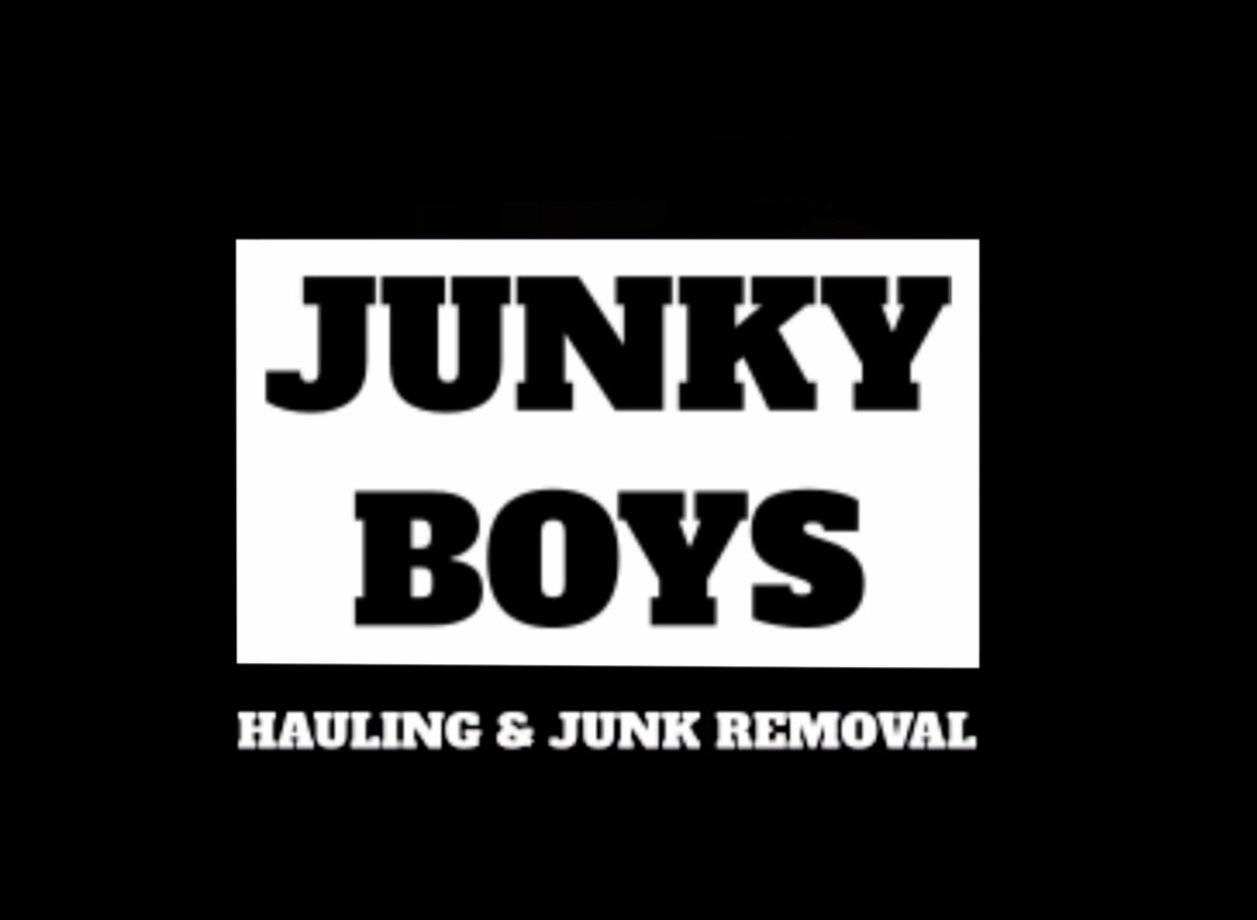Junk removal is a task that many people dread. It can be overwhelming to think about all the clutter and unwanted items that have accumulated in your home or office. However, with a little planning and organization, junk removal can be a manageable and even satisfying process. In this blog post, we’ll explore some helpful tips and strategies for removing junk from your living or workspace.
1. Make a Plan
Before you begin removing junk, it’s important to have a clear plan in mind. Start by identifying the areas of your home or office that need decluttering. This might include specific rooms, storage areas, or even the garage or yard.
Next, decide on your end goal. Do you want to completely clean out a specific area, or simply reduce the amount of clutter? Knowing your end goal will help you stay focused and motivated throughout the process.
Finally, create a timeline. Depending on the scope of your project, fremont junk removal could take anywhere from a few hours to several days. Decide how much time you can realistically dedicate to the task each day, and create a schedule that works for you.
2. Sort Your Items
Once you have a plan in place, it’s time to start sorting through your items. This can be a difficult process, as it often involves making tough decisions about what to keep and what to get rid of. However, sorting is a critical step in the junk removal process.
Start by designating different piles or areas for each category of items: things you want to keep, donate, sell, or throw away. Be honest with yourself about what you really need and what is just taking up space. Consider the following questions when making your decisions:
- When was the last time I used this item?
- Does this item have sentimental value, or is it replaceable?
- Would someone else benefit from this item more than I would?
3. Get Rid of the Junk
Once you’ve sorted everything, it’s time to start removing the items you no longer need. Depending on the amount of junk you have, this may require some heavy lifting and a bit of elbow grease.
Consider renting a dumpster or hiring a junk removal service to make the process easier. A dumpster rental can be a cost-effective option if you have a lot of junk to remove, while a junk removal service can handle everything from heavy furniture to appliances.
If you have items that are still in good condition, consider donating them to a local charity or selling them online. Many charities accept donations of clothing, household items, and even furniture. Selling items online can be a great way to make some extra cash while reducing clutter in your home.
4. Keep it Organized
After you’ve removed the junk, it’s important to keep your space organized. Investing in storage solutions like shelves, baskets, or boxes can help keep things tidy. Make sure everything has a designated place so that you can easily find what you need and avoid accumulating more junk in the future.
Oively, you might schedule a dedicated decluttering day each month to tackle larger projects.ne helpful tip is to label everything. Whether you’re using boxes or shelves, labeling each item can make it easier to find what you need later on. You might also consider using color-coded labels to differentiate between different types of items (e.g. clothes, books, electronics).
5. Maintenance
Finally, it’s important to make a habit of regularly decluttering and removing items you no longer need. A good rule of thumb is to donate or get rid of one item for every new item you bring into your home or workspace. This will help you maintain a clutter-free and organized environment.
Regular maintenance might involve setting aside a few minutes each day to tidy up or declutter. Alternatively, you might schedule a dedicated decluttering day each month to tackle larger



